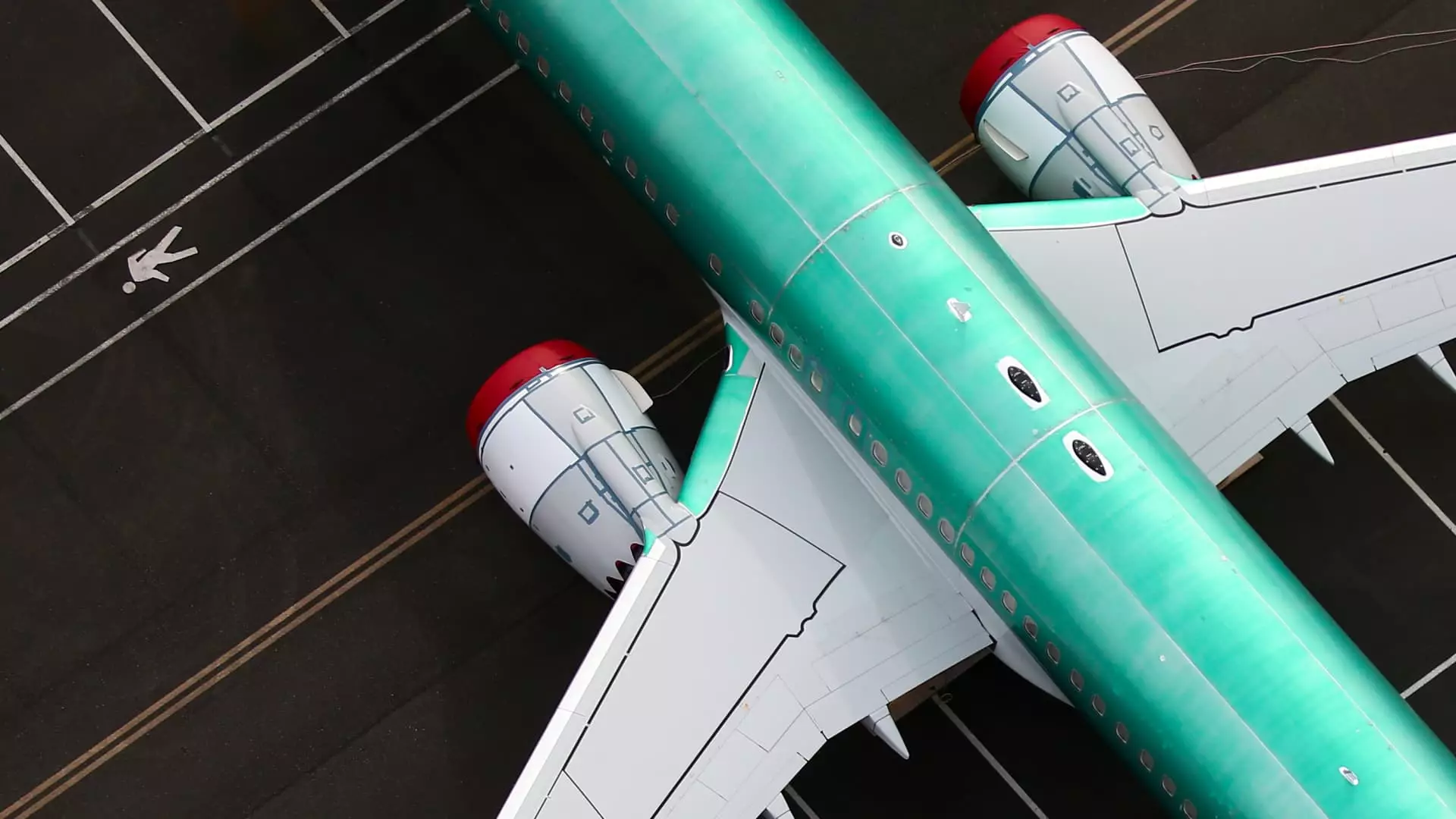Boeing recently announced substantial financial losses, projecting a fourth-quarter deficit of around $4 billion amidst a series of challenges that have plagued the aviation giant. Starting 2024 on a particularly harsh note, the company has faced a midair crisis incident and culminated in a labor strike that significantly disrupted production operations. This announcement follows a prolonged period of turbulence, revealing that Boeing anticipates a staggering loss of $5.46 per share for the quarter, highlighting the extraordinary financial strains the company is currently experiencing.
Despite significant efforts to stabilize its finances, Boeing’s estimated revenue of $15.2 billion falls short of analyst predictions, according to LSEG estimates. This disparity points to a growing concern regarding the company’s ability to meet market expectations, further exacerbated by reports of cash burn amounting to $3.5 billion during the quarter. In response to these pressing challenges, Boeing reportedly raised over $20 billion in a strategic move to enhance liquidity, underscoring a desperate but necessary maneuver to navigate through its ongoing crisis.
Notably, Boeing has not recorded an annual profit since 2018, raising questions about its recovery trajectory. The anticipated $1.1 billion charge related to the 777X and 767 programs due to the labor strike further illustrates the extent of ongoing operational setbacks. CEO Kelly Ortberg acknowledged these difficulties but emphasized the steps taken toward stabilizing the business through negotiations with union representatives and capital restructuring initiatives.
The harsh reality facing Boeing also includes renewed safety challenges following a significant mishap in January 2024, where a door plug failure during flight triggered fresh concerns about operational safety. This incident comes as the company attempts to overcome the negative repercussions from the tragic crashes that occurred in 2018 and 2019, further complicating their recovery efforts. The new wave of federal scrutiny prompted by the recent accident has likely contributed to the slowdown in deliveries of new aircraft, a vital revenue stream for the company.
Boeing’s struggles extend beyond commercial aviation, with the defense unit also facing substantial hurdles. Anticipated pretax charges of $1.7 billion related to projects like the KC-46A tanker and delays in the production of 747s earmarked for the new Air Force One aircraft cast a long shadow over the company’s visibility and operational viability in this sector. The projected negative operating margin of nearly 44% in its commercial airplane unit demarcates a critical juncture where operational efficiency must be addressed urgently.
Boeing’s current predicament illustrates a multifaceted struggle characterized by operational, financial, and reputational challenges. With a combination of labor strife, safety incidents, and disappointing financial forecasts, the road ahead for Boeing appears fraught with obstacles. As they endeavor to stabilize their operations, the company must strategically manage these various pressures while seeking to restore confidence among stakeholders and the broader market.

Leave a Reply